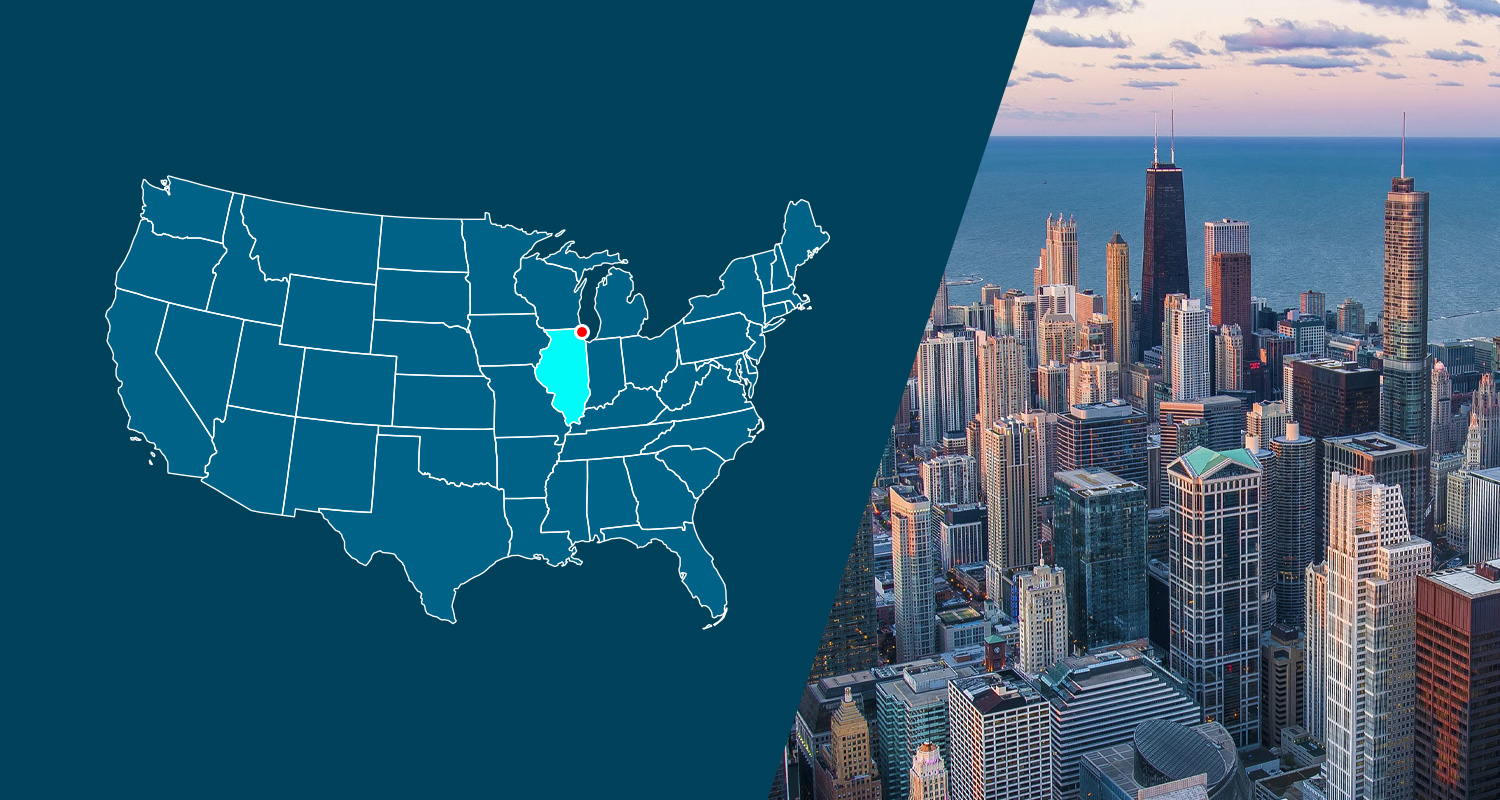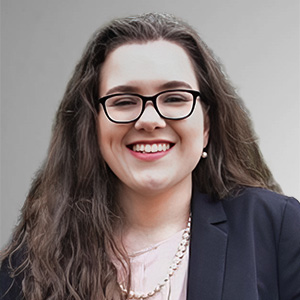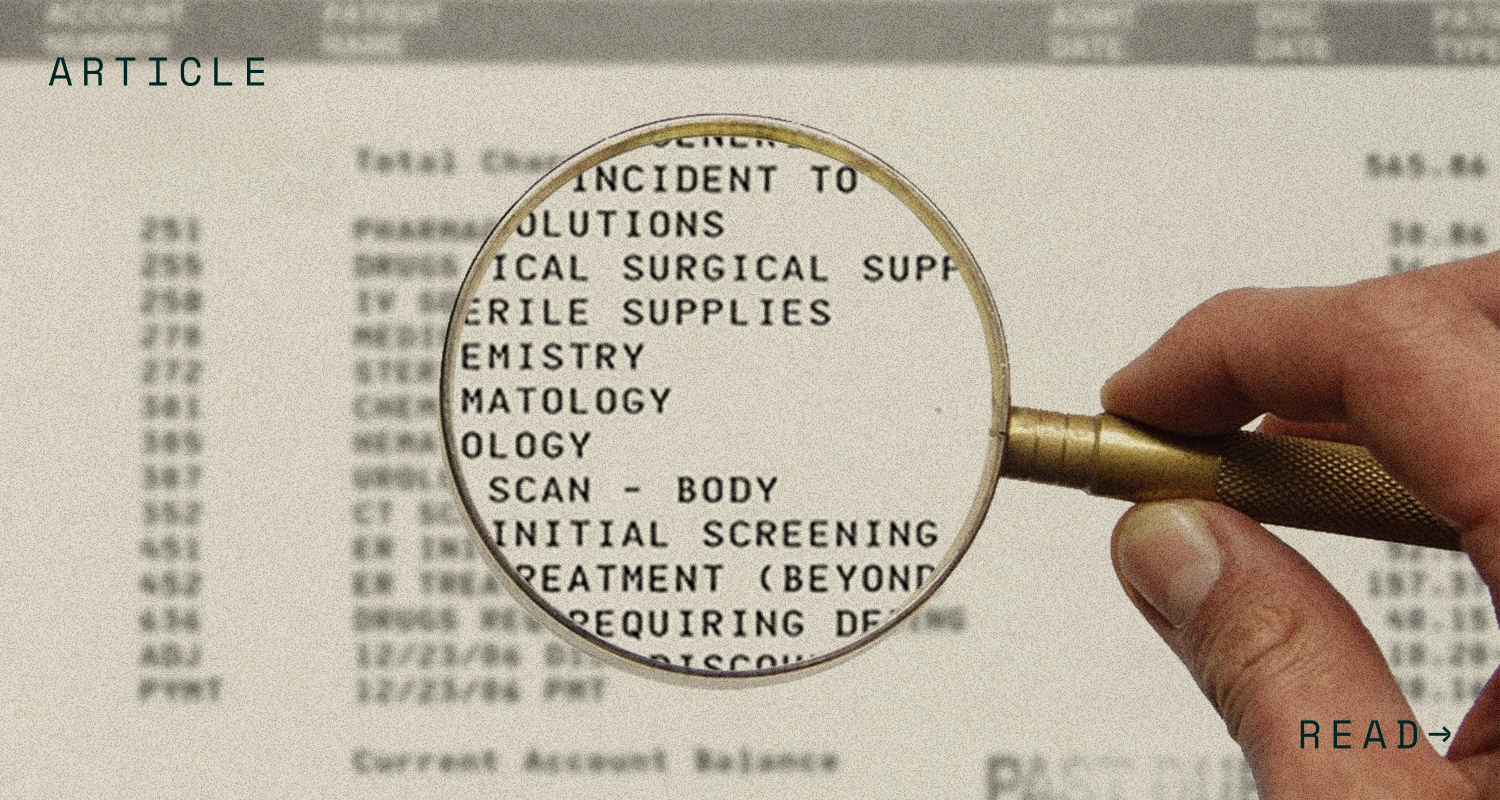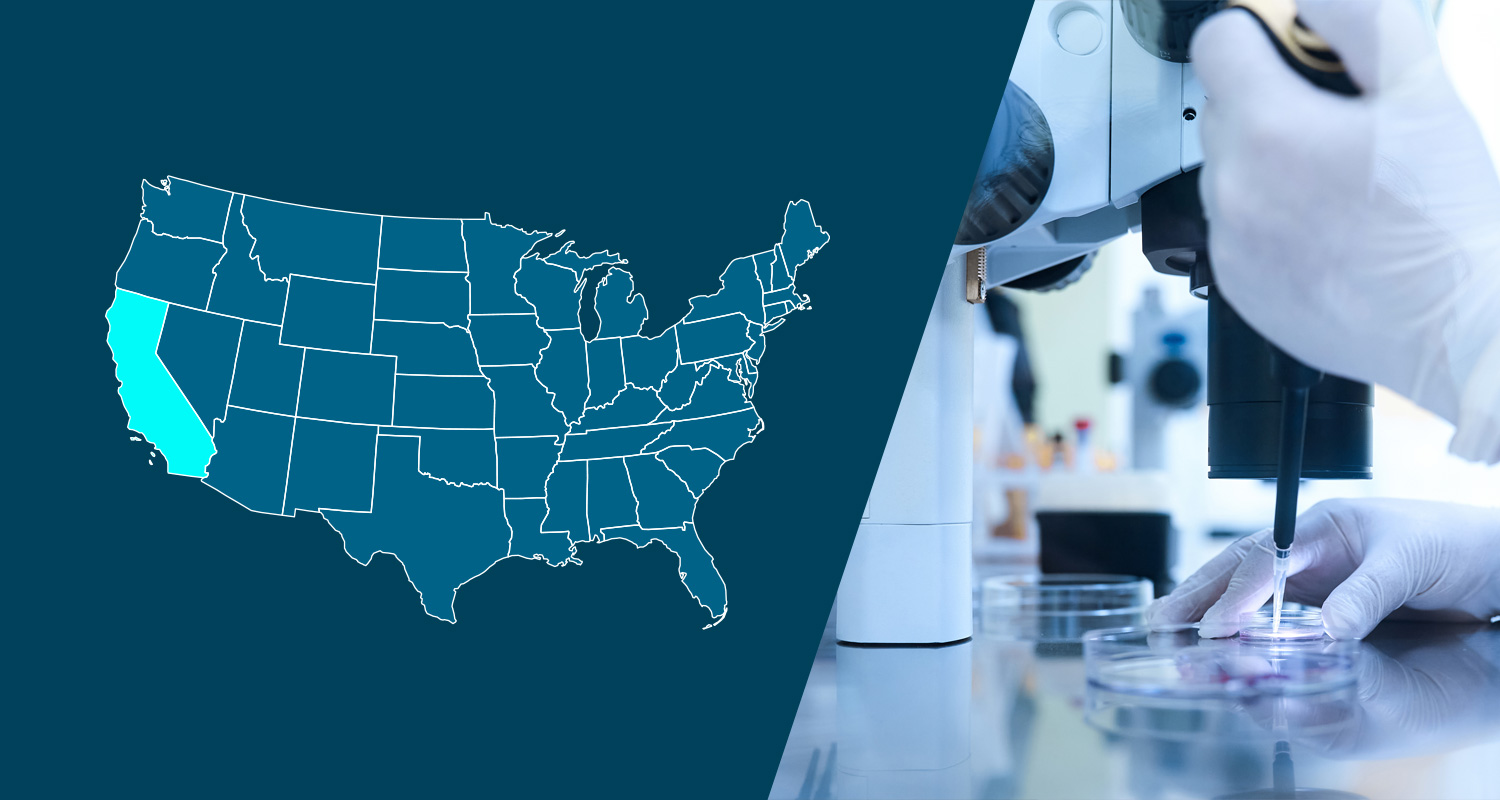On April 30, 2024, the Chicago Department of Business Affairs and Consumer Protection (“Department”) published the final rules relating to the Chicago Paid Leave and Paid Sick and Safe Leave Ordinance (“the Ordinance”) effective July 1, 2024. The Ordinance requires covered employers (employers that employ at least one employee in Chicago) to provide 1 hour of paid sick leave and one hour of paid leave for any reason to employees working within the geographic boundaries of Chicago. The final rules clarify several terms used in the Ordinance, notice requirements, rate of pay requirements and when denial of leave is permitted under the Ordinance. This article covers the content of the final rules, but for more information on the Ordinance in general, please review our blogs: Chicago Expands Paid Sick Leave Ordinance and Updates to Chicago Paid Leave Ordinance.
Existing Paid Time Off Policies
The final rules clarify that employer’s policies that meet or exceed the three main requirements of the Ordinance are not required to provide additional leave to be in compliance with the Ordinance. The three main requirements are as follows:
- Granting at least the same number of hours of paid leave and paid sick leave as the Ordinance;
- Allowing carryover of paid leave and paid sick leave from one Benefit Year (defined below) to the next; and
- Allowing the same usage (including the maximum waiting period) of paid leave and paid sick leave.
Definition of the 12-Month Period or “Benefit Year”
The final rules clarify that the 12-month period or “Benefit Year” that the employer provides paid leave and paid sick leave benefits for the employee may be different for each covered employee, or consistent between all employees. The benefit year must be determined on a non-discriminatory basis and consistent with an employer’s written policy. The rules give the following examples of qualifying 12-month periods: date of hire, calendar year, contract year and the employer’s fiscal year or tax year.
Carryover
The final rules confirm that employees that accrue time instead of frontloading may carry over up to 80 hours of paid sick leave and up to 16 hours of paid leave into the next 12-month period. This must be added to the time the employee is required to accrue in the next 12-month period. Employers who choose to frontload at least 40 hours of paid leave do not have to allow carryover of paid leave for any reason, but frontloading sick leave does not alleviate the requirement to carryover paid sick leave.
Denial of Requests
The final rules confirm that an employer may deny an employee’s request for paid leave to “maintain continuity of operations” and lists the factors that may be considered in the denial as follows:
- Whether granting paid leave during a particular time-period would significantly impact business operations;
- Whether the employer provides a need or service critical to the health, safety, or welfare of the people of Chicago;
- Whether similarly situated employees are treated the same for the purposes of reviewing, approving, and denying paid leave; and
- Whether the employee has meaningful access to use all paid leave time they are entitled to use over the established Benefit Year.
- “Meaningful access” means that an employee has a reasonable ability to utilize accrued paid leave. For example, an employee would have meaningful access if their request was denied for a Friday that is the employer’s busiest day of the year, but would not have meaningful access if the employee could not request leave on any Friday of the year.
Recordkeeping Requirements
The Ordinance requires employers to maintain records for at least 5 years and make the records available for inspection from the Department upon request. The final rules clarify that employers must maintain the following records for each Covered Employee:
- Name, mailing address, telephone number, and email address;
- Hire date, job title, rate of pay, and whether the employee receives tips;
- Date employee was eligible to use leave and paid sick leave;
- Number of hours of paid leave and paid sick leave accrued by or awarded to and used by the employee; and
- Rates of pay, hours worked, and wages in each pay period.
Employer Notice Requirements
Distribution of Model Notice
The Ordinance requires covered employers to post the notice prepared by the Department (not yet posted) through electronic or physical posting. The final rules clarify that employers that do not maintain a physical location in the geographic boundaries of Chicago are exempt from the posting requirements.
The Ordinance also requires covered employers to provide the Department’s notice to covered employees prior to employment or as part of the onboarding process. In addition, the same notice must be provided to covered employees annually within 30 days of the first paycheck issued on or after July 1st. The final rules clarify that employees that are enrolled in direct deposit or have the ability to view their paystubs electronically may be provided the annual notice through the usual methods of electronic communication, including email or other internal communication channels.
Annual Frontloading Notice
Per the final rules, employers that choose to frontload time must provide a notification of the hours frontloaded to the employee at the beginning of the 12-month period.
Policy Requirements
The rules require employers to establish a written policy outlining advance notice procedures (if any), how the 12-month period is determined, and the basis for any denial of requests. This policy may be included in an existing manual or handbook. The policy must be provided to employees in their primary language. An employer must notify covered employees by writing at least 5 days in advance of any change to leave notification requirements, and at least 14 days in advance of any policy change that may affect their right to final compensation for leave.
Notice of Available Leave
Under the Ordinance, employers are required to provide covered employees with notification of available leave. Methods for notification under the rules include listing the amounts on paystubs, developing an online system, or providing a handwritten record of available time.
Sequoia One PEO Clients: Sequoia One will assist clients with the notice requirements by posting available time on employee’s paystubs as of the effective date of the Ordinance and by providing the model notice in the onboarding portal for new employees to satisfy the first paycheck notice requirement.
Employer Action
Employers with employees working within the geographic boundaries of Chicago should consider the following action items to comply with the Ordinance effective July 1, 2024:
- If applicable, determine if your existing paid leave policy meets the requirements of the Ordinance.
- Determine which employees will be subject to the Ordinance, including those that may currently be covered under the Cook County Leave Ordinance.
- If needed, develop or amend your written leave policy to include the following:
- If providing leave on an accrual basis: determine how to track accruals and how to provide employees with their accrual balances upon any request.
- Determine whether to require employees to provide reasonable notification of the need for leave, and if required, develop a policy for the notification process.
- Develop a plan to retain records that document hours worked, paid leave and paid sick leave accrued and taken, and paid leave and paid sick leave balances for each employee that works within the geographic boundaries of Chicago for 5 years (or the duration of any pending claims).
- Plan to post the required notice at worksites and distribute it with employee paychecks upon hire and annually (after the Commissioner releases the notice).
- If frontloading leave, provide notice of the amount of hours frontloaded prior to July 1, 2024.
- Develop a mechanism for determining employee’s primary language and a plan to provide the policy and any required notices in that language (the Department is expected to produce the model notice in several languages).
Resources
- Chicago Paid Leave and Paid Sick Leave and Safe Leave Ordinance
- Substitute Ordinance
- Final Rules
- Chicago Paid Leave Overview Sheet
- Blog: Chicago Expands Paid Leave Ordinance
- Blog: Updates to Chicago Paid Leave Ordinance
Connect with a Sequoia consultant to learn how Sequoia’s compliance services are integrated in our benefits services and tailored solutions. And if you’re already a Sequoia client, stay on top of your employer obligations with your Compliance Checklist that highlights important compliance dates, action items, and resources.
The information and materials on this blog are provided for informational purposes only and are not intended to constitute legal or tax advice. Information provided in this blog may not reflect the most current legal developments and may vary by jurisdiction. The content on this blog is for general informational purposes only and does not apply to any particular facts or circumstances. The use of this blog does not in any way establish an attorney-client relationship, nor should any such relationship be implied, and the contents do not constitute legal or tax advice. If you require legal or tax advice, please consult with a licensed attorney or tax professional in your jurisdiction. The contributing authors expressly disclaim all liability to any persons or entities with respect to any action or inaction based on the contents of this blog. © 2024 Sequoia Consulting Group. All Rights Reserved.




